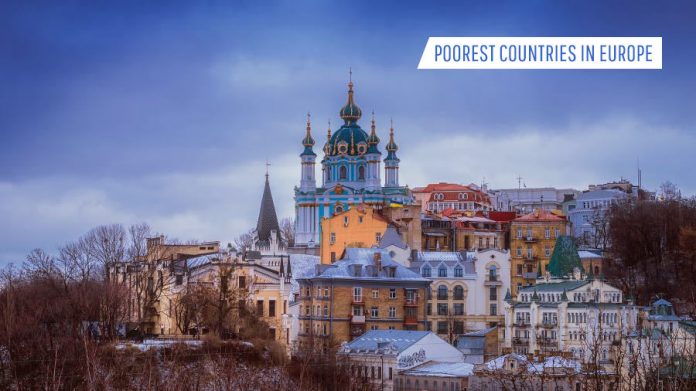The second-smallest continent by area in the world is Europe. It consists of 44 countries. Like other continents, Europe has a large diversity of wealth among its countries. In terms of their income, there is a massive discrepancy between several European countries.
World War I and World War II destroyed the European industries and economy. The Central and Eastern European most states came under Soviet Union’s control and became COMECON (Council for Mutual Economic Assistance) members.
After China, the world’s second-largest economy is European Union Economy. Some countries are wealthy across the world. The countries that were affected by the fall of the Soviet Union are the poorest today.
10. Montenegro
| GDP per capita: | $7,900 |
| Land: | 5,333 sq mi |
| Capital: | Podgorica |
As per the World Bank, it is an upper-middle-income country. Mostly its economy is based on the service sector. The nation undertook the slump in 2008 as part of the global recession, with a 4% decrease in GDP. Even so, Montenegro is the only country in the Balkans that becomes a target to enhance foreign direct investment. Urban development and deforestation have caused the country’s natural resources to collapse, leading to resource scarcity. Also, gender and age discrimination has a huge impact on income, especially for women.
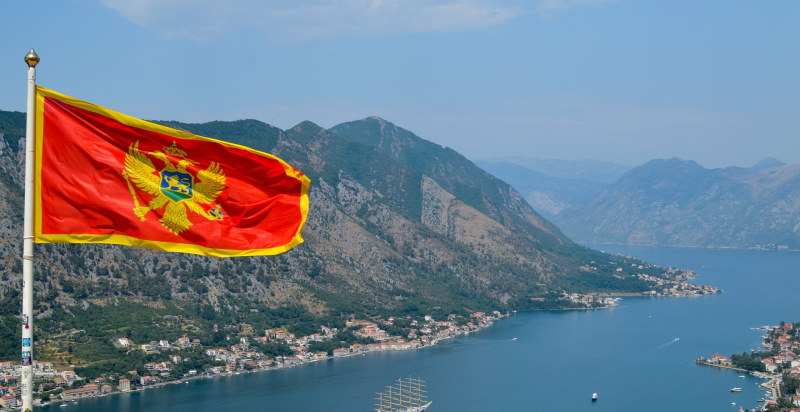
9. Serbia
| GDP per capita: | $5,900 |
| Land: | 29,913 sq mi excluding Kosovo |
| Capital: | Belgrade |
Serbia has an upper-middle-income economy with a significant employment sector. The global economic crisis has made a dramatic change in its economy. The GDP per capita of Serbia is $5,900. In early 2000, Serbia endured an eight-year economic decline until the global recession in 2008. Natural catastrophes like floods and earthquakes have also decreased the financial development of the country.

8. Belarus
| GDP per capita: | $6,283 |
| Land: | 80,153 sq mi |
| Capital: | Minsk |
In 1990, industrial output fell due to imports, investment, and the need for Belarusian goods from its trading partners. In 1996, its GDP improved, and in terms of its economy, the country became the fastest former Soviet republic.

7. Bosnia and Herzegovina
| GDP per capita: | $6,090 |
| Land: | 19,741 sq mi |
| Capital: | Sarajevo |
After the tourism and service sectors, the industry and agriculture sectors overtook Bosnia and Herzegovina economies, of which there has been considerable growth in recent years. The main cause of its economic downfall is the transitional economy and material destruction during the Bosnian war. The Bosnian economy underwent a dramatic change since the 1990s war. GDP drop to 60%, and the damage of physical infrastructure weakened the economy. Furthermore, the largest amount of men died during the war. This led to families plunging into poverty as women compose a less workforce and always receive lower wages than men.
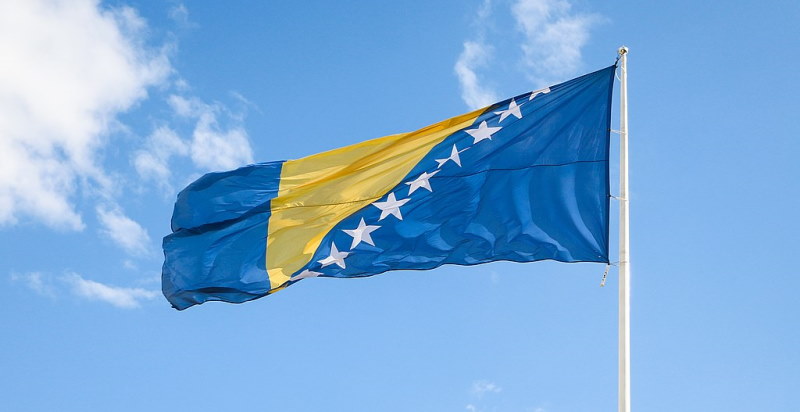
6. North Macedonia
| GDP per capita: | $5,720 |
| Land: | 9,928 sq mi |
| Capital: | Skopje |
North Macedonia is a middle-income country, and the growth of an open economy has gone through an ample financial recovery since independence in 1991. From 1996, North Macedonia has observed constant and slow economic development with a GDP growth of 3.1%. The government succeeded in its trials to deal with inflation and implemented policies to attract foreign investment and spur small and mid-sized industries’ progress. But still, it has a high unemployment rate that is 16.6%. Its GDP per capita is around $5442.
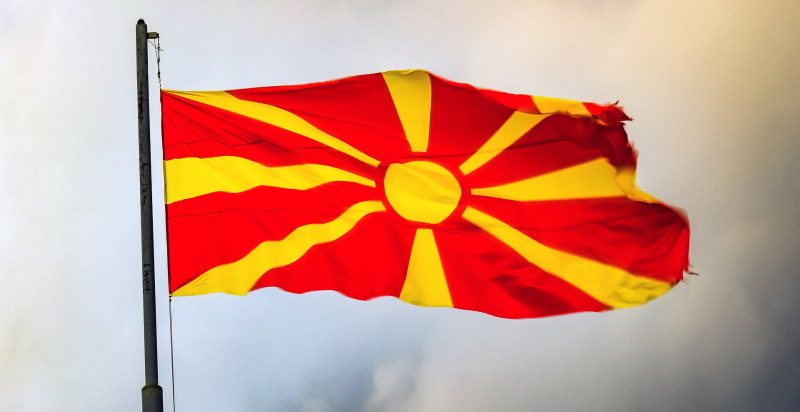
5. Albania
| GDP per capita: | $5,210 |
| Land: | 11,100 sq mi |
| Capital: | Tirana |
In 1990, it undertook a transition process after communism ended, ranging from centralized planning to a market-based economy. Italy, Greece, China, Spain, Kosovo, and the United States are Albania’s largest trading partners. However, Albania is the fourth-lowest country in Europe; its economy is growing steadily as of its rich natural resources or minerals, including oil, natural gas, iron, coal, and limestone.
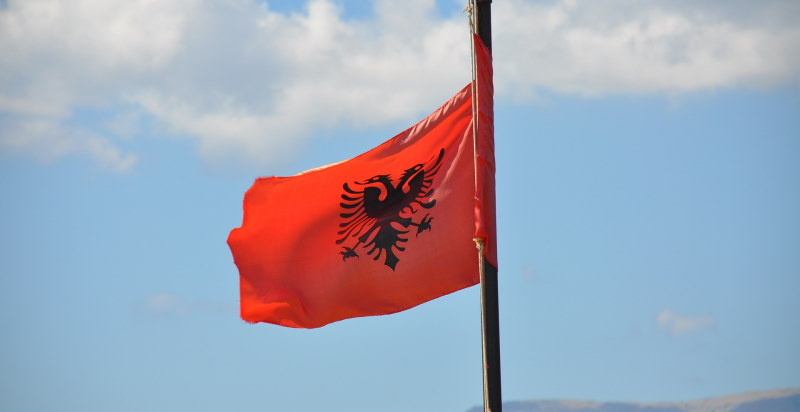
4. Moldova
| GDP per capita: | $4,570 |
| Land: | 13,068 sq mi |
| Capital: | Chisinau |
The poorest country in Europe is Moldova. After the downfall of the Soviet Union, Moldova underwent a political crisis, financial fall, business crisis, and other problems. The major reasons contributing to poverty contain shortage of large-scale industrialization, economic ruin during the change to a market economy, and misconceptions in social strategies.

3. Kosovo
| GDP per capita: | $4,440 |
| Land: | 4,203 sq mi |
| Capital: | Pristina |
In 2008, a disputed territory and a partially known state announced its independence from Serbia. Kosovo has a transitional economy. Rather than toppling foreign aid, GDP grew mostly after the Declaration of Independence. This was due to the economic hardship of 2007–2008 and the following European debt situation. Also, the rate of inflation was low. Most of the financial development has been occurring in the business, retail, and construction categories. Kosovo migrant highly relies on remittances from FDI and other capital flows. According to the International Monetary Fund figure in 2018, one-Sixth Population lies below the Poverty Line, and one-third of the working people were Unemployed.
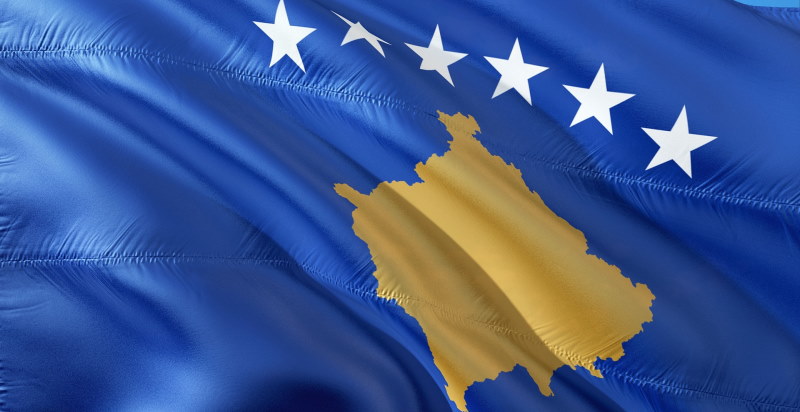
2. Georgia
| GDP per capita: | $4,290 |
| Land: | 26,911 sq mi |
| Capital: | Tbilisi |
Georgia’s economy has come a long way since the fall of the Soviet Union. Though it struggled for a time, the Rose Revolution brought with it a renewed focus on economic and democratic reforms that helped spur double-digit growth in the mid-2000s. Today, Georgia boasts a moderately free economy that has implemented extensive reforms to boost regulatory efficiency and maintain open-market policies. Low tax rates round out a package that has proven highly resilient.
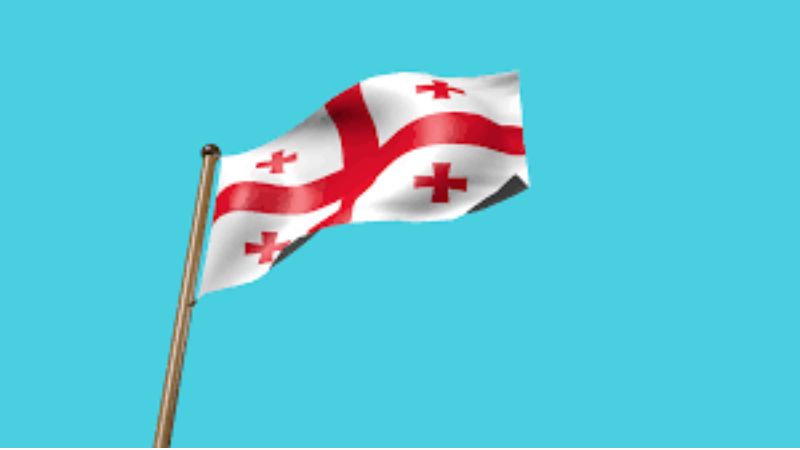
1. Ukraine
| GDP per capita: | $3.540 |
| Land: | 233,062 sq mi |
| Capital: | Kyiv |
Europe’s second-largest country is Ukraine, after Russia. In 1991, Ukraine obtained its independence after the dissolution of the Soviet Union and became a neutral state. It goes through a lot of poorness and severe corruption. Despite this, Ukraine is one of the world’s largest grain exporters due to its extensive fertile farmland. It also holds the third largest army in Europe after Russia and France. With the Soviet system collapsed, the nation shifted from a planned to a market economy. This change was challenging for the people who drowned in poverty. For Ukrainian, life became difficult to survive. Most of the Population lived by doing two to three jobs and cultivating their food. In 1999, the GDP had declined to less than 40% of 1990 GDP.

To measure the poor and wealthy countries, we consider the GDP per capita of each nation. If the country’s unemployment rate and population are high under the poverty line, it indicates that the country is the poorest. Luxembourg, Switzerland, Norway, Ireland, and Iceland are considered the wealthiest countries in Europe. On Social Progress Index, Switzerland got the first rank, whereas Bulgaria has the lowest human development index rating. The least number of the population which lives below the poverty line is from Lithuania. With all of this in mind, you can check the above list.
To get all information about the poorest country in the world, Europe, and other continents, stay tuned with us.
